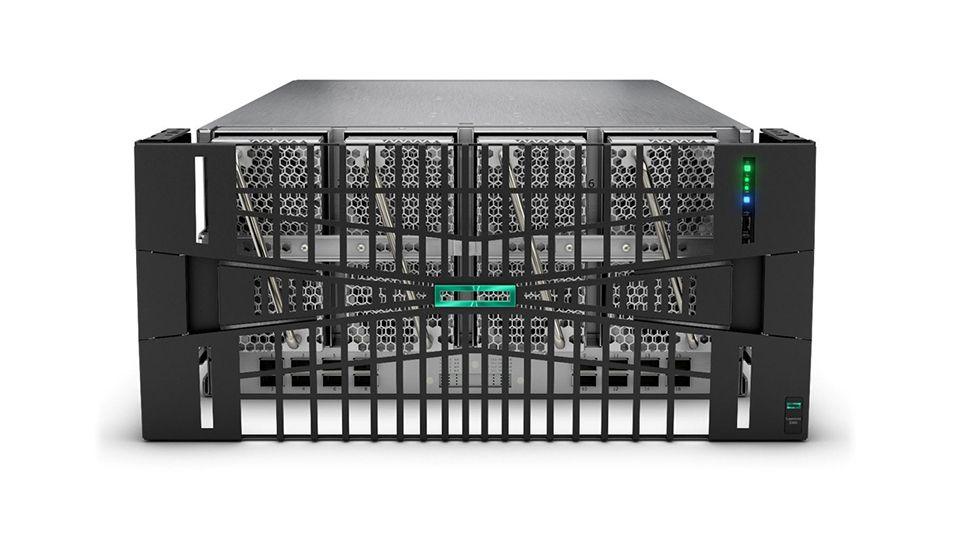- The U7inh instance has 1920 vCPUs and 32TB of memory, and can run 4 of these
- The need to support SAP workloads is what encouraged HPE to work with AWS
- However, there’s also the fact that HPE may be helping AWS land newer, more lucrative leads.
As businesses face relentless data growth, challenges such as data silos and outdated legacy systems such as Unix-based servers are increasingly hindering progress.
HPE has positioned its Compute Scale-up Server 3200, which it launched in 2023, as the answer to these challenges, promising scalability and performance for mission-critical applications.
The server supports workloads such as SAP HANA and ERP with up to 16 sockets and 32TB of shared memory, enabling seamless scalability and reduced server sprawl. Equipped with 4th generation Intel .
Eroding local market share?
AWS has now announced the general availability of a new Amazon Elastic Compute Cloud (Amazon EC2) U7inh-32tb.480xlarge instance running on the 16-socket HPE Compute Scale-up Server 3200 and built on the AWS Nitro system.
While this sounds like a positive move for HPE customers, it raises concerns about the strategic implications.
The new AWS U7inh instance features 1920 vCPUs, 32 TB of DDR5 memory, 160 Gbps of EBS bandwidth, and 200 Gbps of network bandwidth. AWS says: “You can run your largest in-memory database workloads, such as SAP HANA, or seamlessly migrate workloads running on HPE hardware to AWS.”
As The Registry However, he notes that the announcement of the new AWS offering mentions that “customers currently running HPE servers on-premises have also asked how we can help them migrate to AWS to take advantage of the benefits of the cloud while continuing to use HPE hardware.” .
By partnering with AWS, HPE potentially opens the door for the cloud giant to gain access to customers running critical workloads on-premises and who may be considering migrating to the cloud.
This partnership could inadvertently help AWS capture more enterprise leads, which could erode HPE’s local market share. The timing is particularly surprising as AWS has recognized a growing trend of customers revisiting on-premises solutions.




